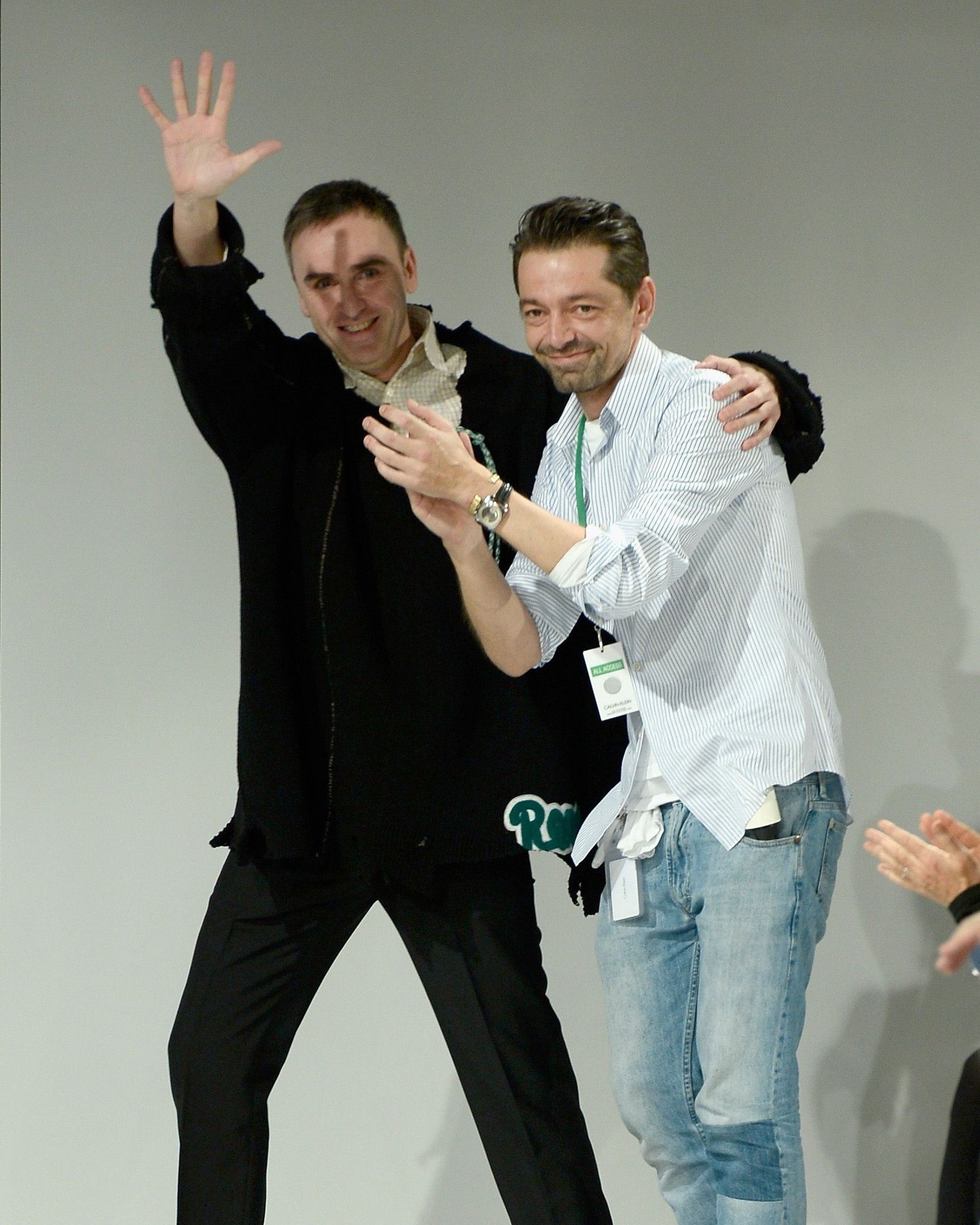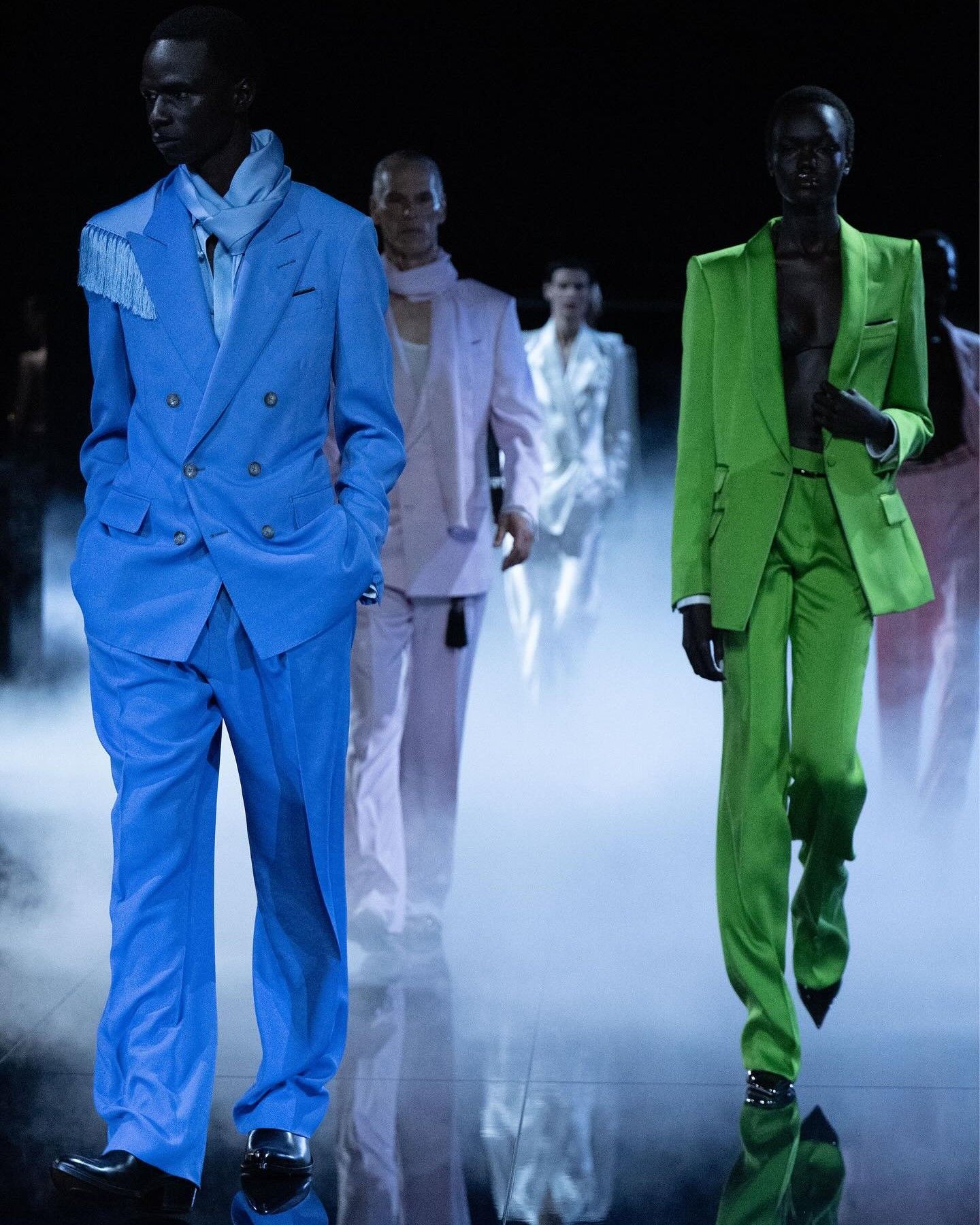
Are online communities taking over journalism? Realities such as Pop Crave and Pop Base seem to confirm this trend
Pop Crave and Pop Base – two accounts created respectively in 2016 and 2019 on what was then Twitter, to provide updates on the entertainment world – have in recent years taken on a rather significant role in the U.S. media landscape. Today, for example, the two projects also cover political and current affairs topics. This shift is part of a broader transformation in how news is consumed online by younger audiences: traditional sources are progressively losing ground in favor of more informal media, while a growing number of users – particularly teenagers – come across news while engaged in activities completely unrelated to information, even though certain topics would lend themselves to slower and more in-depth consumption. But outlets like Pop Crave and Pop Base have built their credibility by focusing on speed in delivering news, with all the risks such an approach may entail. This editorial line, more oriented towards timeliness than accuracy and characterized by brief and simply treated news, has however proven effective – at least in the short term. The success of Pop Crave and Pop Base, not by chance, is closely linked to the typical dynamics of social networks and to the phenomenon known as viralflation – according to which the very concept of "viral" has changed compared to the past, since the web is now divided into many more bubbles of varying size.
@californiawatson like congrats ???? #pope #popcrave #popculture #conclave son original - out of context hannah montana
According to what Katerina Eva Matsa of the U.S. research and analysis institute Pew Research Center told Vox, the phenomenon of incidental exposure to news is becoming increasingly central to how people access information. This occurs particularly on platforms like X and YouTube, where users encounter current events updates while in the midst of doomscrolling. However, this model has clear limitations: content often lacks the necessary context, and the lack of transparency about sources, authors, or potential sponsorships raises many ethical questions. Traditional news outlets, despite the challenges they face, generally operate within a regulatory framework based on editorial principles and professional accountability.
People seem to forget that most Pop Crave/Base tweets are paid promotion. Shakira doesn’t want or need that, hence why they don’t talk about her as often. Shakira’s career is doing just fine without it
— Loba (@LobaSatine) April 27, 2025
By contrast, outlets like Pop Crave and Pop Base do not always – at least for now – adhere to such rigorous standards. Among other things, they often fail to clarify to their audience the difference between sponsored and informational content, further blurring – in the eyes of less experienced users – the line between promotion and news. In this way, younger users risk forming their opinions by giving equal weight to content with very different purposes. In the absence of a structured transparency policy – as is usually the case in traditional journalism, where advertisements are almost always labeled, at least in Anglo-Saxon countries – it becomes difficult to distinguish what is relevant to the public from what responds to commercial logic. And yet, the influence of outlets like Pop Crave and Pop Base continues to grow. Precisely for this reason, if they want to consolidate their position within the newsmaking market, it will most likely be essential for them to adopt standards of rigor that – despite everything – still characterize much of U.S. journalism.
Pop Crave covering this with more journalistic integrity than any Australian outlet… https://t.co/K5smar5v5N
— John Delmenico (@thebigjohnnyd) June 9, 2025
Even in Italy, there is growing investment in this sector that straddles traditional journalism and entertainment. A significant example is represented by the recent commercial moves of GEDI, a media group that owns, among others, the newspapers La Repubblica and La Stampa. According to the sports website Calcio & Finanza, GEDI reportedly invested around 500,000 euros to acquire 10% of the project Cronache di spogliatoio, which has over 1.5 million followers on Instagram and produces content characterized by a more informal approach – partly because a large portion of its audience are social media users. GEDI’s investment reflects a growing interest in vertical outlets that, while far from the traditional standards of journalism, manage to reach and engage a very large number of potential readers, thanks to a less conventional approach to online information and individual news stories. Another Italian information brand that – although focused on something entirely different – found itself covering current events in response to the demands of its readers is Webboh. The outlet mainly deals with gossip, primarily within the creator economy. Yet in the past, Webboh has covered issues such as the Taliban in Afghanistan and the Russian invasion of Ukraine, among other topics. “We’ve always done it because […] because it was becoming a trend on TikTok, and so many kids – seeing those videos – didn’t understand what was going on,” Webboh’s founder told zio, a newsletter focused on the Gen Z universe. “They’re very young: they don’t watch the news, they don’t read Corriere. And especially with the Ukraine issue, they might see these videos with tanks and bombs and would come ask us what was happening.”














































